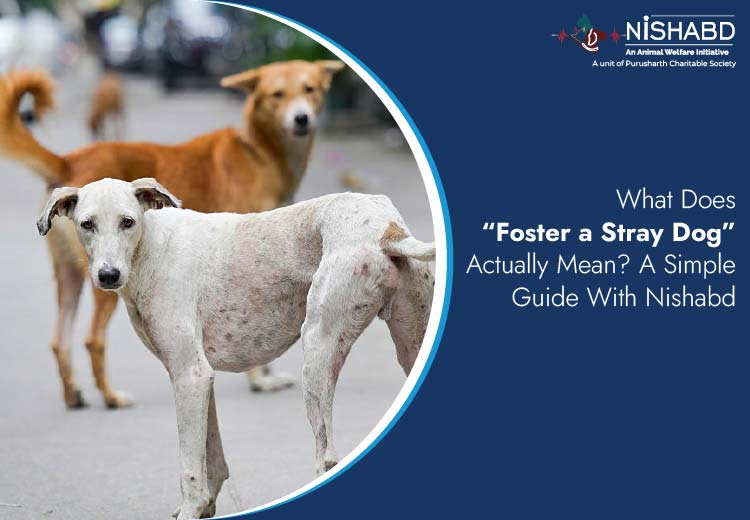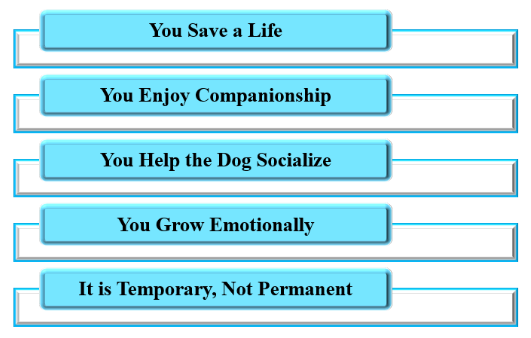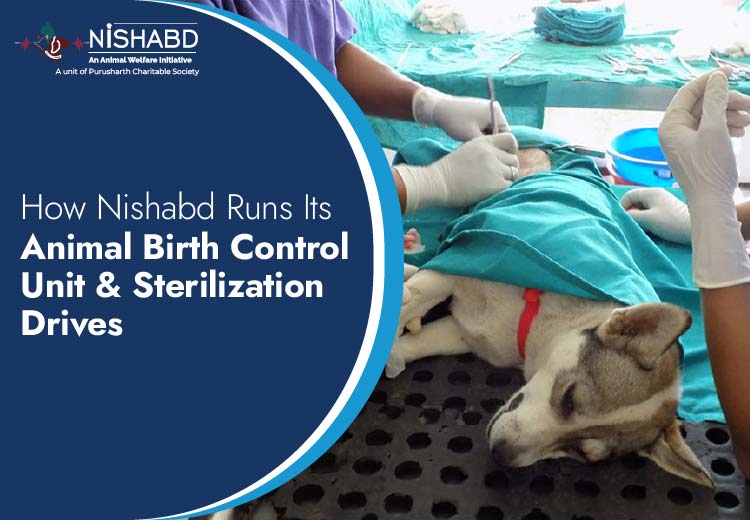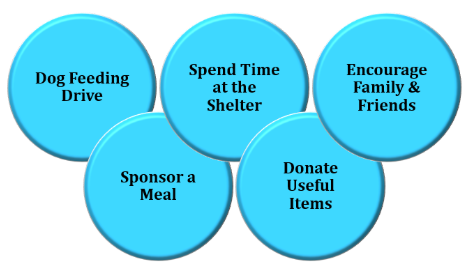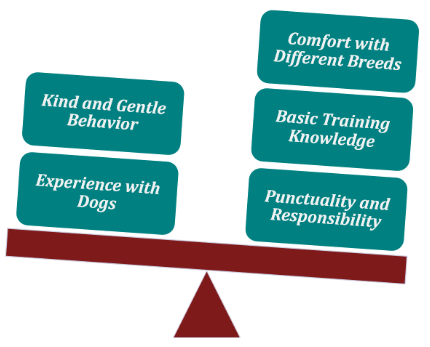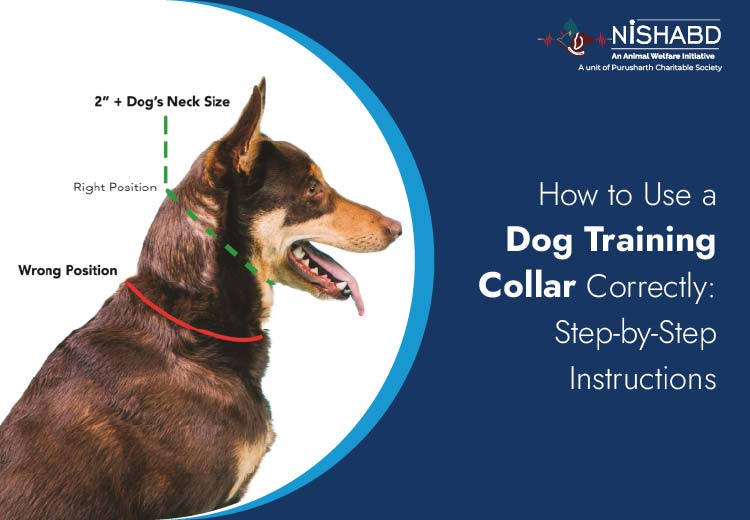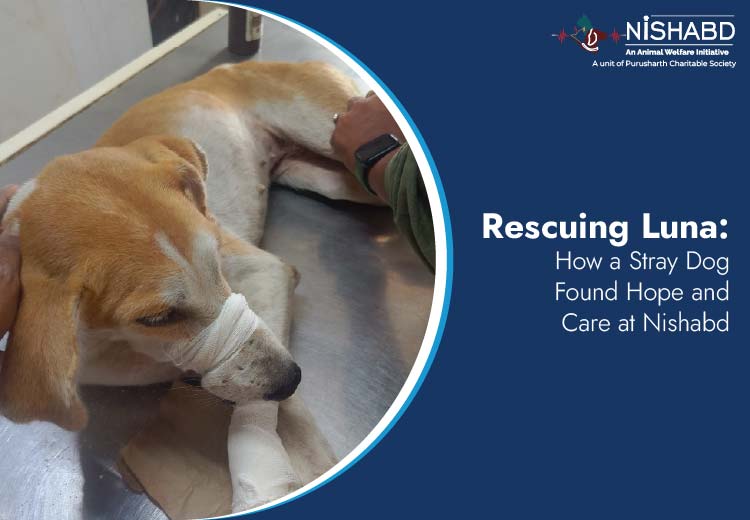Every city has many voices – people talking, kids laughing, workers calling, students chatting.
But some voices are quiet… very quiet.
These are the voices of street animals in Noida, especially stray dogs. They feel hungry, sick, hurt, or lonely. They cannot speak, but they feel pain, fear, happiness, and love… just like us.
This is where a very special group comes to help. When we talk about the NGO for voiceless in Noida, one name shines with love, care, and hope – Nishabd.
What is Nishabd?
It is a non-profit, and volunteer-based dog rescue group. It began with a simple idea and it is to assist sick, injured dogs and provide them with an opportunity to live again. They believe that every animal regardless of how small or frightened deserves to be treated with love and respect. It provides them with a safe area for healing, medical care and, once they are fully healed, a loving forever home.
How Nishabd Gives Voice to the Voiceless
Nishabd stands as the best NGO for voiceless in Noida , not simply by words but because of the lives they have touched, healed and changed – not only rescuing dogs but also taking great care in providing ongoing care as part of a family environment.
Here’s how they help every day:
- Rescue Operations
If a dog is hurt on the road, Nishabd’s team and ambulance rush to help. Trained volunteers and medical support safely take the dog to a place where it can be treated.
- Medical Attention and Healing
At the shelter, every dog gets medical tests, vaccines, wound care, and surgeries if needed. They have veterinary help so nothing is left to chance.
- Shelter and Love
Rescued dogs stay in a warm and caring place. They get healthy food, baths, cleaning, and lots of love. They slowly learn to trust humans again, walk again, play again, and love again.
- Adoption and New Homes
Nishabd doesn’t stop at rescue. They help dogs find families who can love them forever. Every adoption is done carefully, so the dog feels safe and happy in its new home.
- A Safe Haven, Not Just a Shelter
For many dogs, it is more than a shelter. It is a place where they learn trust again. Where they feel kindness in every touch. Where caregivers feed them patiently, play with them, and heal them with love. This is what a true NGO for voiceless in Noida does.
Why is it loved by everyone?
People in Noida and nearby areas see first-hand how this dog shelter cares for animals every day, providing love, shelter, and services for these adorable dogs who were once too weak to walk but now run and play joyfully! Many rescued dogs have amazing stories from when they first came in until now.
Volunteers, supporters and families take great pleasure in being part of this mission. Helping these shelters is not simply helping dogs; rather it is spreading love and kindness to every life touched. Every act – feeding a stray, donating food/medicines/money/ adopting/volunteering gives hope to a life which once knew pain.
How You Can Help
You don’t need to be big to make a difference. You just need a kind heart:
- Report stray animals in need to Nishabd
- Donate food, medicine, or money
- Volunteer to feed, groom, or help in awareness programs
- Adopt or foster a rescued animal and give it a warm home
- Teach others to be kind to street animals
Even a small step can make a huge difference in a dog’s life.
Every life matters!
When we support an NGO for voiceless in Noida, we help spread love, hope, and kindness. In a world where many creatures live without a voice, Nishabd helps these silent souls heal, feel safe, and loved again.FAQs
- What kind of animals does Nishabd help?
Nishabd mainly helps stray and injured dogs, but they also care for other animals in need. - How can I volunteer at Nishabd?
You can contact them through their website and join as a volunteer to feed, rescue, or create awareness. - Does Nishabd give medical care to sick animals?
Yes! They provide vaccinations, surgeries, and regular health checks. - Can anyone adopt a dog from Nishabd?
Yes! After a proper adoption process and guidance, anyone can adopt a rescued animal. - How can I donate to Nishabd?
Donations can be made online through their official website to help with food, medical care, and shelter.




